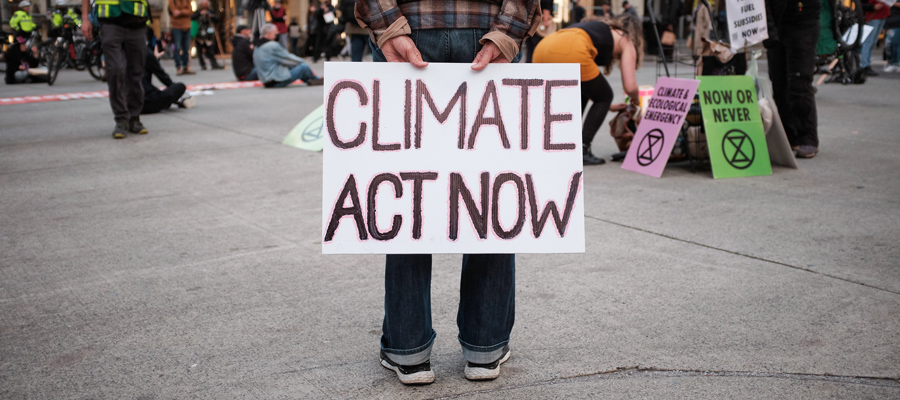Canada’s road to zero carbon emissions full of dangerous distractions

Net zero is increasingly used regarding emissions reduction targets. But what does it really mean?
With the Canadian Net-Zero Emissions Accountability Act (Bill C-12) Canada is joining many nations in setting a target of net zero greenhouse gas (GHG) emissions by 2050. Unfortunately, this conversation promises to be a dangerous distraction for Canadian policy makers, who already have a terrible track record at meeting emission reduction targets.
While reducing GHG emissions to zero is a clear concept, net zero muddies the waters in that some unspecified amount of emissions would be permitted as long as they are balanced by carbon removals—whether domestic or international in origin. Net zero thus contains two objectives: reducing fossil fuel emissions and increasing carbon removals, and proposes that they can be traded off against each other.
To date, the federal government has not stated how much they are betting on carbon removals for meeting 2050 net zero targets. There are three net zero loopholes of concern: forests and other “nature-based solutions,” engineered removals and purchasing credits from outside the country.
Canada is already cooking the books by claiming its managed forests are a carbon sink (meaning they absorb more CO2 than they release annually). In fact, Canada’s forests have been a massive source of carbon dioxide emissions over the past couple decades due to insect infestations and wildfires, but these lands have been scrubbed from the official numbers.
Reducing GHG emissions to zero is a clear concept, net zero muddies the waters.
Whether source or sink, conflating forest carbon with fossil fuel carbon is a mistake. Trees could burn down, be killed by insects or logged for wood. In any event, to get CO2 levels down to a habitable level we need forests in addition to reducing fossil fuel emissions to near zero.
Nature-based solutions are another diversion from the real work of reducing emissions from the combustion and production of fossil fuels. A recent study pointed to the important need to avoid further deforestation and conversion of grasslands into agriculture, but doing so cannot substitute for real emission reductions because they do not draw down CO2 from the atmosphere.
More problematic are industrial-scale technologies that promise to capture carbon dioxide and bury it underground. Direct air capture of carbon dioxide, as demonstrated by Squamish’s Carbon Engineering, is touted as a magic bullet solution, but is energy-intensive and still uses a lot of fossil fuels to power its processes.
It’s impossible to know what carbon removal technologies of the future could achieve but scaling up these ideas is likely to be very expensive and impractical. For now, they risk diverting resources away from bona fide solutions. Public funds would be much better invested directly into renewables and green technologies.
If we take all of the above and turn it into a global market for buying and selling carbon credits, we can find a final escape hatch for federal and provincial governments. While Canada has not confirmed that it will purchase credits generated outside our borders, past climate plans have banked on this.
More problematic are industrial-scale technologies that promise to capture carbon dioxide and bury it underground.
Global and domestic experience with carbon offset markets shows many complicated accounting methodologies that give a false sense that emissions are being reduced elsewhere. Yes, Canada should fund forest conservation and natural carbon sequestration but we should do that as a public service, not as dubious offset projects that allow polluters to continue polluting.
For many years Canada has wanted to have it both ways: modest climate action while ramping up production and export of the fossil fuels that are the primary cause of climate change. Meeting Canada’s net zero target for 2050 ultimately requires absolute reductions in fossil fuel production, around one-quarter of Canada’s emissions total.
In light of the recent International Energy Agency report—that says new investments in fossil fuel projects are inconsistent with keeping a lid on temperature increases—policy-makers need to commit to a managed wind down of fossil fuel production in Canada and avoid diversions that perpetuate business as usual.
Topics: Climate change & energy policy


